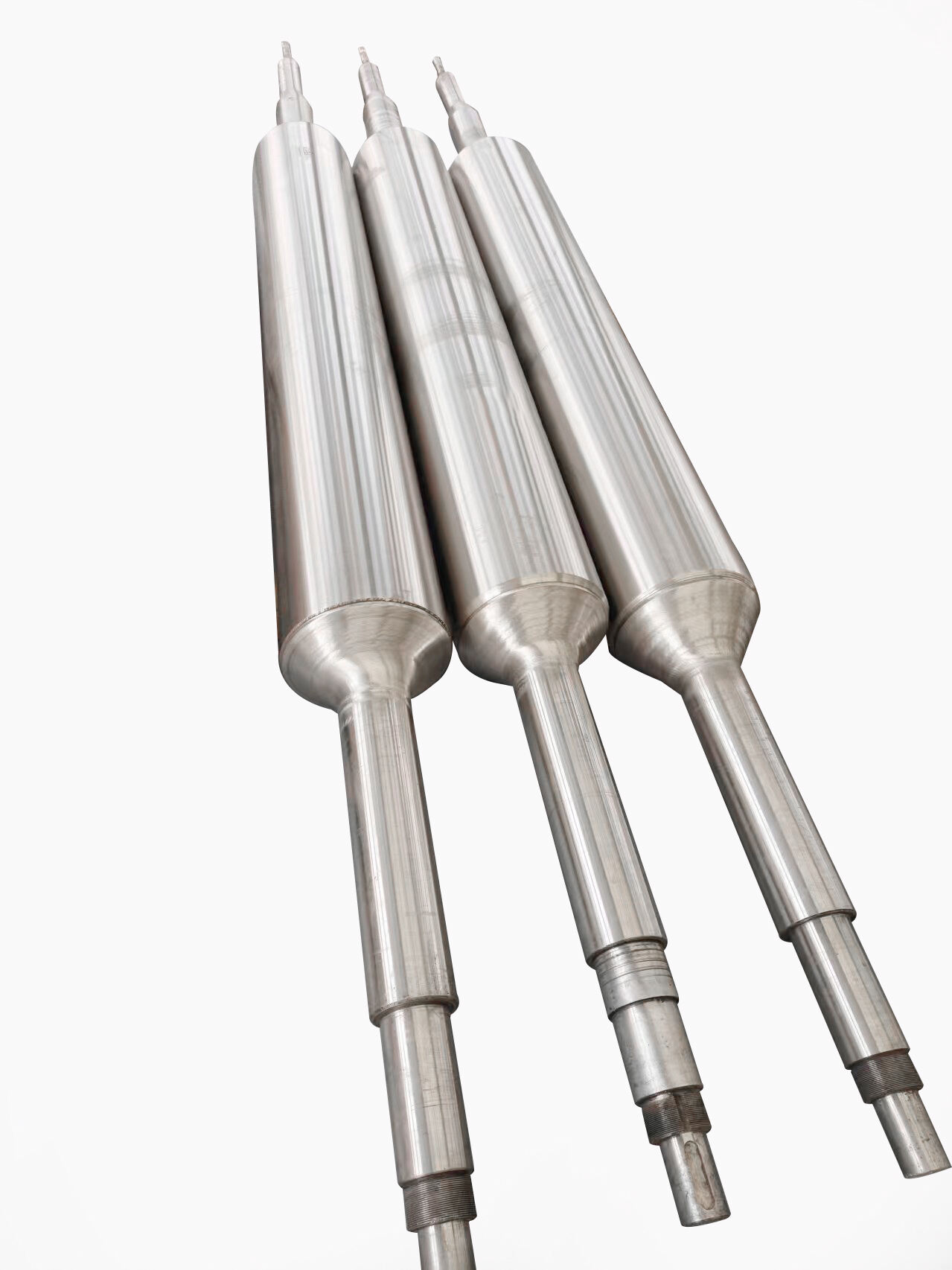carbon steel investment casting
Carbon steel investment casting is a sophisticated manufacturing process that combines precision engineering with metallurgical expertise to produce high-quality metal components. This process begins with creating a wax pattern of the desired part, which is then coated with ceramic material to form a shell. Once the ceramic hardens, the wax is melted out, leaving a precise cavity that is filled with molten carbon steel. The method enables the production of complex geometries and intricate details that would be difficult or impossible to achieve through traditional manufacturing methods. The process is particularly valued in industries requiring components with excellent mechanical properties, dimensional accuracy, and surface finish. Carbon steel investment casting can produce parts ranging from small precision components weighing just a few ounces to large industrial pieces weighing several hundred pounds. The technique offers superior material properties including high strength, good wear resistance, and excellent machinability. Modern carbon steel investment casting incorporates advanced technologies such as computer-aided design (CAD) and simulation software to optimize the casting process and ensure consistent quality. The process is widely used in automotive, aerospace, energy, and industrial machinery sectors, where reliability and precision are paramount.
